Follow @DistanceCovered on Twitter for more.
Introduction
Before I get started, I’ve got to make two things absolutely clear to before going into detail. Firstly, this is MY guide to gegenpressing within Football Manager, not THE guide. The guidance, recommendations and information proposed throughout the piece is based on my footballing knowledge, tactical awareness and FM experience. Other users of the game may have different interpretations, but as I said, this is based on my own understanding.
Secondly, this is a guide to GEGENPRESSING, not pressing as a whole; I consider the two to be slightly different. I’m aware this will need some clarification, so bear with me.
What is Gegenpressing?
Pressing is a very general term and largely consists of closing down and pressurising the opposition with the ultimate aim of winning the ball back; instead of standing off an opponent, it instead encourages a more proactive approach to regaining possession. However, within this notion, there are many different variations and means to press and win back the ball. For example, Jupp Heynckes at Bayern Munich adopted a man-marking approach to pressing, which involved one player closing down the ball, and other teammates consequently marking potential passing options, and this is very common. Pep Guardiola also implements a differing approach to pressing, as his method often involves blocking the passing lanes of the opposing player in possession so that he can’t find a teammate with a pass, which again, is quite common.
Gegenpressing however, is less common, and is embodied by the charismatic German, Jurgen Klopp; it involves hunting down the ball forcefully in packs and effectively countering the counter-attack. Klopp’s pioneering approach to pressing is one of the most aggressive in Europe in my opinion, as well as arguably being the most entertaining to watch as a football fan, as it’s highly imposing and energetic when it’s successfully implemented. Klopp’s variation is publicly labelled as ‘gegenpressing’ mostly due to his German nationality; it translates to ‘counter-pressing’, and his method is not only focused on winning the ball back, but also creating an immediate scoring opportunity, as he famously said:
“No playmaker in the world can be as good as a good counter/gegen-pressing”
Real-Life Examples
An example of real-life gegenpressing is demonstrated in the images below. In the first image, you can see how the Ajax players have made the pitch smaller by playing compact and squeezing the play into a small central area covering 824m². This is a deliberate tactic so that if possession is lost, effectively every outfield member of the team can react and influence the ball being regained due to every player being within the vicinity of the ball.
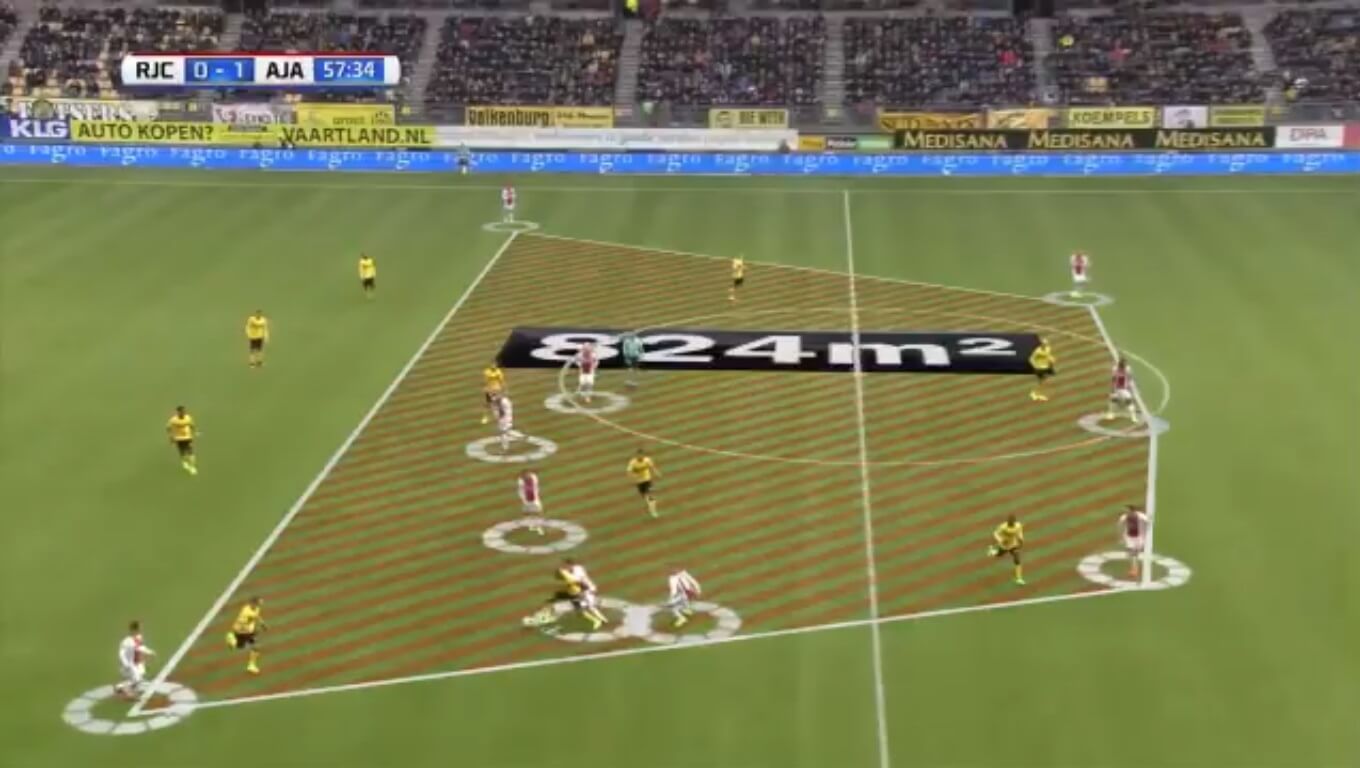
The second image below demonstrates the actual press being initiated by the Ajax players, and as you can see, four men immediately shift towards the ball to engage in an ambush which surrounds the opposing man in possession. This is how Klopp employs his teams to press, by panicking the opposing player through aggressive pressing in clusters.
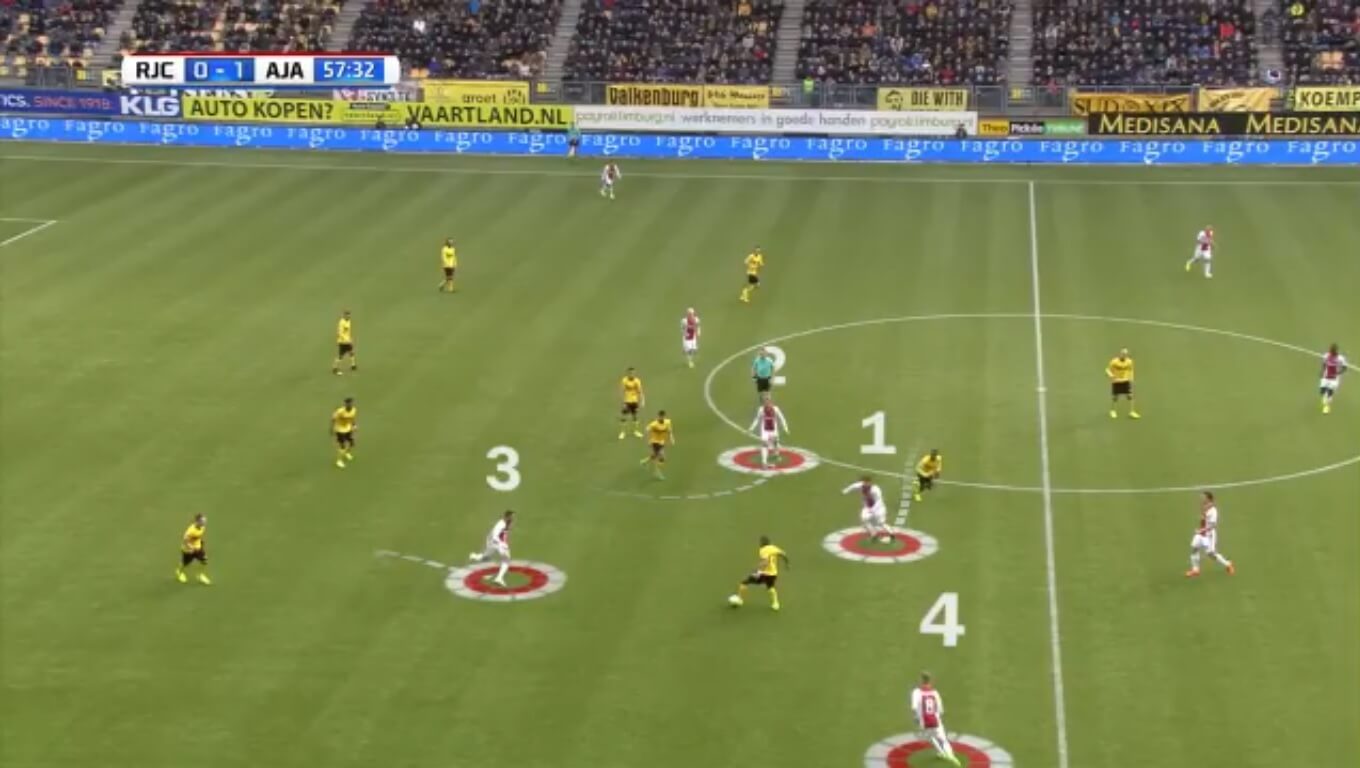
This is the form of pressing I want to create within Football Manager; the forceful and aggressive Klopp-esque approach which involves the team all moving and pressing as one compact unit to hunt the ball immediately high up once it’s lost.
Recreating Gegenpressing in FM17
Now that I’ve outlined the definition and concept of gegenpressing, the task is to now recreate this within the Football Manager match-engine. As we know, there’s a wide variety of settings, instructions, roles and duties available to the user in FM and these can be manipulated in order to create a desired outcome. Thus, I’m going to provide a generic overview of the 7 key tactical areas within Football Manager that have to be manipulated a certain way to create gegenpressing.
1. Your team shape.
For me, to create this specific variation of pressing, team shape is the most important. In my opinion, to create a Klopp-style press, your team shape HAS to be Very Fluid. Fluid may work, but I’ll always personally recommend Very Fluid due to its impact on team-ethic, compactness and acting as one entity. Your team shape distributes your mentality, so in order for your team to remain compact and press the ball as one unit, every player in your team has to effectively have the same mentality and connection. With this team shape, your side will attack and defend as a team, rather than splitting up depending on the phase of the game. When your team loses possession, the Very Fluid shape allows all your players to react similarly as a team and contribute to the next phase of the play, which is to regain the ball, so they’ll act as one and hunt as a pack to achieve this.
2. Your team’s mentality.
This acts as a risk barometer and guides the decision making of your players. As stated previously in the article, gegenpressing is a highly proactive approach, so the mentality you choose to employ has to be positive rather than negative, so that pressing risks can be taken. I wouldn’t recommend choosing any lower than Control, and that’s the mentality I use most frequently, as it’s often aggressive enough for how I want to play. When combined with the aforementioned Very Fluid shape, Control will encourage your whole team to seek the initiative and act together to dynamically regain the ball whenever it’s lost.
3. Your formation.
There isn’t one perfect setup to create this press, but I’d recommend a narrow shape that has players positioned high up the field. I personally prefer narrow formations that that have a central focus, with the majority of my players operating in the middle of the pitch to regain control, and I also find that this works better from a pressing perspective. Regarding having players positioned high up the pitch, Klopp’s most favoured formations appear to be 4-2-3-1 and 4-3-3, and a significant reason behind that is because both allow pressing to be initiated from the front. A formation that is defensively positioned such as a 5-4-1 is less suitable from a pressing perspective, as a large majority of your players will be too deep to press highly.
4. Your players.
You must have the right profile of player for the concept to work effectively. Any tactic that you create should ultimately compliment and get the best out of your players, so to create this form of press; your team should share common characteristics. As mentioned earlier, your players will attack and defend as a team, so obviously your players have to be generally well-rounded in terms of attributes and ability. Gegenpressing is highly team-focused, so each player in your team will need high attributes in stamina, teamwork, determination and work-rate, with further desirables being aggression, bravery, acceleration and natural fitness.
5. Your instructions.
In terms of instructions, there are certain ones that in my opinion have to be present, and others that are optional or situational, so I’ll provide a brief overview of these.
Firstly, the team instructions that should always be present are Much More for closing down, Prevent Short GK Distribution and Use Tighter Marking. The reason behind the Prevent Short GK Distribution is because this encourages your team to push up closer to the opposition’s defence during a goal-kick, which makes sense as your players will then be able to press quicker as a result of the higher positioning. Regarding the Tighter Marking setting, this is to encourage your players to get closer to the opposition without the ball, which therefore gives the opponent less time and space to make progressive gains with the ball and should assist a pressing game.
Now for the situational instructions, these are your width, Get Stuck In and to set your defensive line as Higher. Regarding width, for me this would be dependent on your formation; if your formation is wide, I’d recommend playing with a fairly narrow or balanced width, whereas if your formation is narrow, a wide width would work. The reason for this is to basically always ensure your players are reasonably close-knit so that if the ball is lost, your players can become compact quickly to then initiate a press. For example, Klopp’s current Liverpool side play 4-3-3 Wide but with a narrow width for quick interplay and counter-pressing reasons. Regarding Get Stuck In, I’d recommend removing this against high quality opponents, in poor weather conditions and in knockout competition, as the instruction permits the execution of reckless challenges which isn’t always desired. Finally is your defensive line, and this should be altered depending on your opponent and their quality in terms of pace, acceleration, off-the-ball and anticipation, as a high line is easily exploited. However, when altering your defensive line, a line any deeper than Normal would contradict a counter-pressing approach, as whilst you want your team to be proactive and aggressive in regard to regaining the ball, you’d also be instructing your team to retreat deeper.
This is summarised in the image below, the settings highlighted red are vital and shouldn’t be altered, the settings in yellow are situational and can be changed circumstantially, and the blue settings are open to interpretation and have little influence on pressing.

6. Your team’s roles & duties.
This is similar to your formation in the sense that it’s depend on what you want from your players and how you want them to attack, defend and play. However, roles modify the behaviour of a team and there are some that are suited to pressing systems and others that aren’t, so to keep things simple, I’ll outline them.
Firstly, as a general pointer, I’d recommend against using a Trequartista, an Enganche or an Anchor, as these are largely stationary roles that encourage little movement or effort when your team loses the ball. The Trequartista and Enganche are selfish and individualistic roles that rely on the rest of the team to work for them, and the Anchor is focused on managing space and holding a position rather than actively hunting down the ball.
On the other hand, roles that compliment pressing systems include the Regista, the Roaming Playmaker and the Defensive Forward, as these are mobile players that are concentrated on supporting teammates and closing down, thus reinforcing the team principle.
7. Your opposition instructions.
Generally, I set up my opposition instructions as pictured below, and although it doesn’t necessarily execute as intensely as that in the match-engine, I find that overall it basically results in my players being that much more engaging and aggressive towards the opponent. However, this isn’t how I’d recommend you should always set-up, as certain teams can be exploited if they have an obvious weak-link. For example, if you’re playing a team that has a LB with poor technical ability, the opposition instructions allow you to manipulate the ball towards that player so he can then be pressed and hopefully lose the ball. If you show each opposing defender onto their left foot, the ball is likely to end up at the feet of their weak LB, and that would thus be a successful pressing trap.
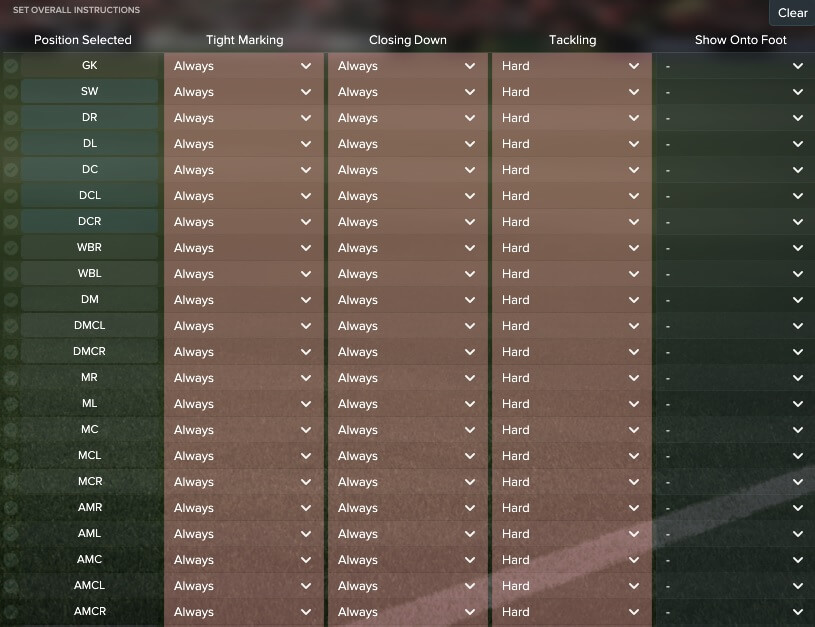
Once the appropriate tactical settings are in place, a Klopp-esque press within the FM17 match-engine may look similar to what is pictured below.
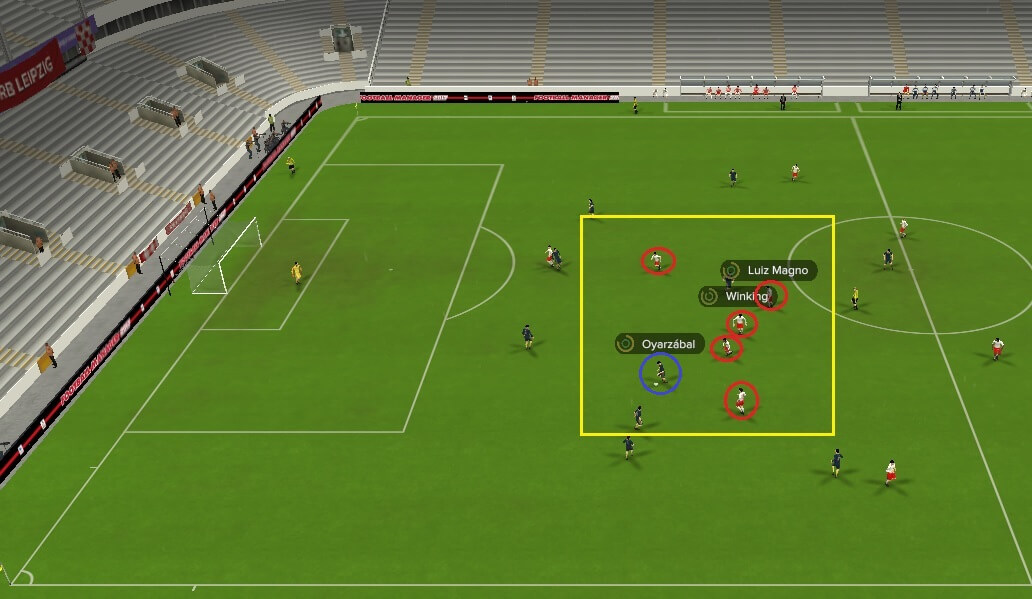
In the screenshot, the ball has just been given away to the opponent circled blue, but as he receives the ball, five of my players immediately react proactively towards regaining the ball as a pack – look at how their bodies are shaped. Also, notice how my players are closely positioned and compact largely due to the Very Fluid team shape, and are thus able to apply an effective press.
Conclusion
To summarise, pressing is a popular approach used throughout football, but gegenpressing is its own variation, and due to its high risk and proactive nature, very few managers in Europe embrace the concept to its fullest. However, when it’s utilised properly by the likes of Klopp and Bosz, it’s a highly energetic and team-focused approach that encourages hunting as a pack to regain possession, and can also create direct scoring opportunities in some instances.
Regarding Football Manager, gegenpressing can be recreated to an extent, and your whole tactical setup has to be focused towards it for it to happen. I’ve provided an overview of 7 tactical areas within FM17 that have to be altered and manipulated a certain way so that gegenpressing can transpire.
As a final point, I appreciate that a lot of FM regulars may have their own views on how to create pressing and counter-pressing within the game, but as stated at the start of the piece, this is my own advice. The advice I’ve provided throughout the piece has worked for me, so hopefully it’ll work for those that decide to use it.
Follow me at @DistanceCovered on Twitter for more, and if you’ve got any questions or queries please don’t hesitate to ask for assistance.

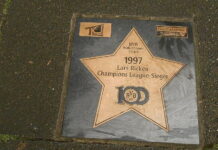
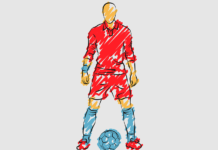
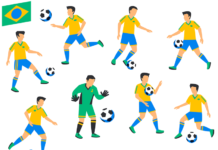
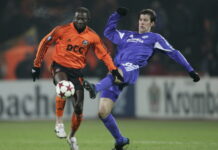
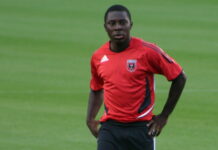
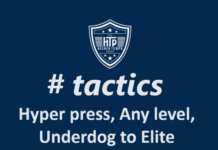
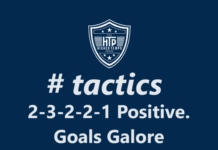

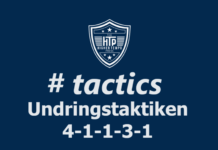









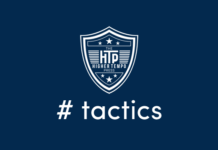


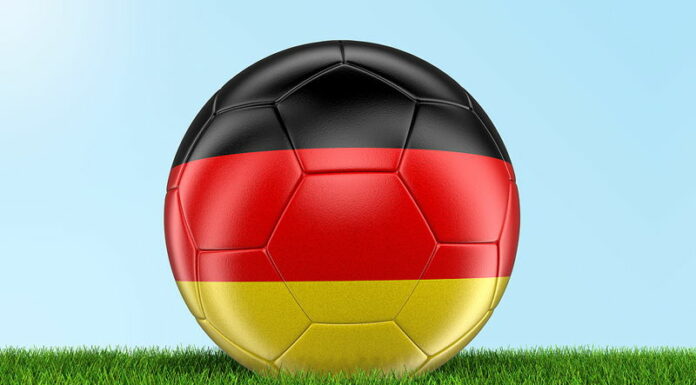
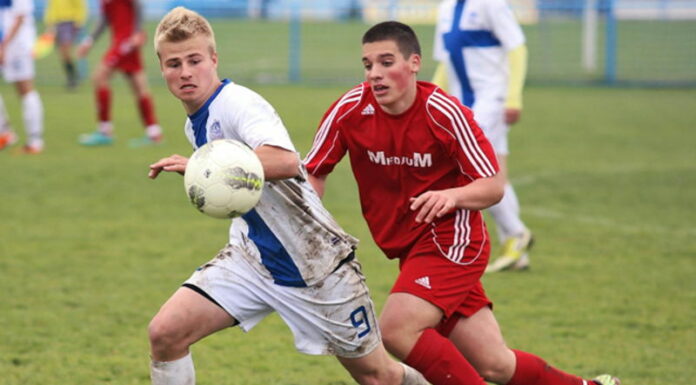
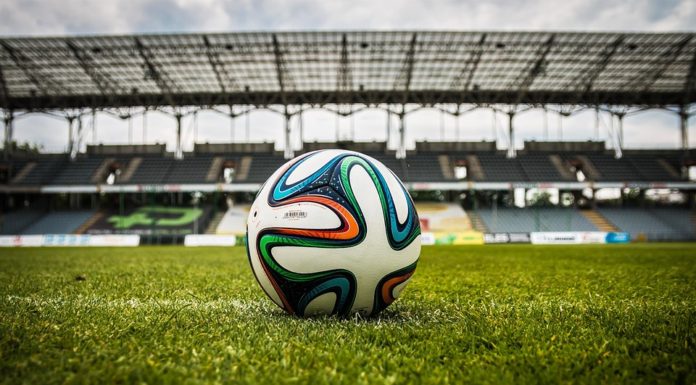
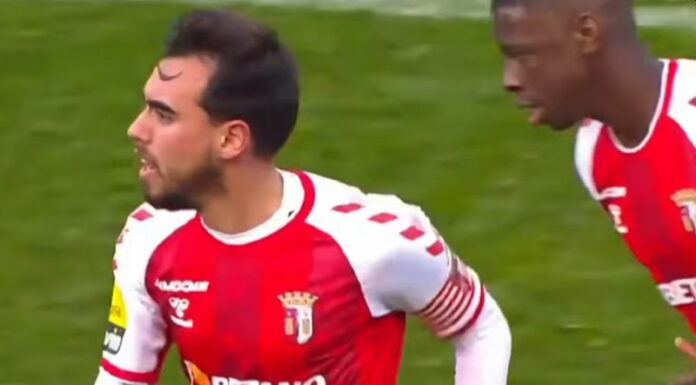

Comments are closed.